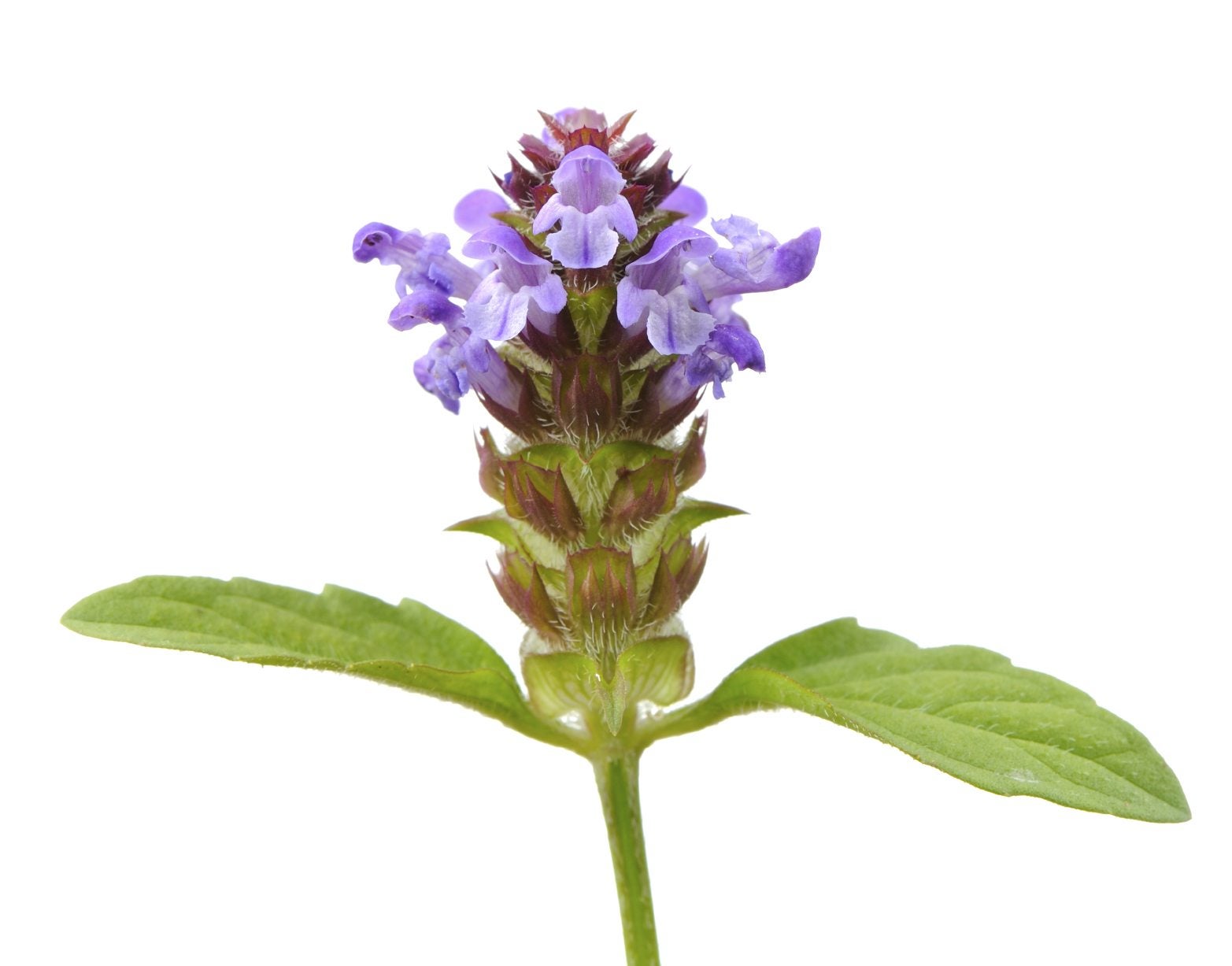Controlling Prunella Weeds: How To Get Rid Of Self Heal

There's a thorn in the side of anyone trying to attain the perfect lawn and its name is self-heal weed. Self-heal (Prunella vulgaris) is found throughout the United States and can be aggressive in turf grass. The question then is how to get rid of self-heal weed and get back the lawn that all the neighbors envy.
Self-Heal Weed Control
Self-heal is also referred to as healall, carpenter's weed, wild sage, or just prunella weed. Whatever you call it, the fact remains that it thrives in grassy areas and is most certainly the bane of the obsessive lawn manicurist. Managing self-heal plants, or rather eradicating them, is a difficult task. The weed is stoloniferous with a creeping habitat and shallow fibrous root system. Prior to managing self-heal plants, you need to make a clear identification of the weed since all weeds are not created equal and control methods will vary. Prunella can be seen growing in dense patches most often in grasslands, lawns, and wood clearings. Stems of self-heal weed are square and slightly hairy when immature, becoming smooth as the plant ages. Its leaves are opposite, smooth, oval, and slightly pointed at the tip and may be minimally haired to smooth. Self-heal's creeping stems root easily at the nodes, resulting in an aggressive fibrous, matted root system. The blooms of this weed are dark violet to purple and about ½ inch (1 cm.) in height.
How to Get Rid of Self Heal
Cultural methods for control alone will make it difficult to eradicate this weed. Hand removal can be attempted. It will be necessary to make repeated attempts at hand removal to keep this weed in check. Improving turf growing conditions to stimulate competitiveness can retard some self-heal weeds as well. Self-heal weed grows beneath mowing levels that are recommended and will, therefore, just pop back up. Additionally, areas of heavy foot traffic can actually encourage the growth of self-heal because the stems will root at the nodes at ground level. Otherwise, self-heal weed control turns towards chemical control strategies. Products used for fighting self-heal weed should contain 2,4-D, Cargentrazone, or Mesotrion for post emergence and MCPP, MCPA, and dicamba for existing weed growth, for optimal results. A systemic weed control program that carries the herbicide throughout the turf and, hence, through the weed, killing the weed, root, and all is recommended. Repeated applications will be necessary with the most favorable times for application in the fall and again in the spring during peak bloom.
Sign up for the Gardening Know How newsletter today and receive a free copy of our e-book "How to Grow Delicious Tomatoes".

Amy Grant has been gardening for 30 years and writing for 15. A professional chef and caterer, Amy's area of expertise is culinary gardening.
